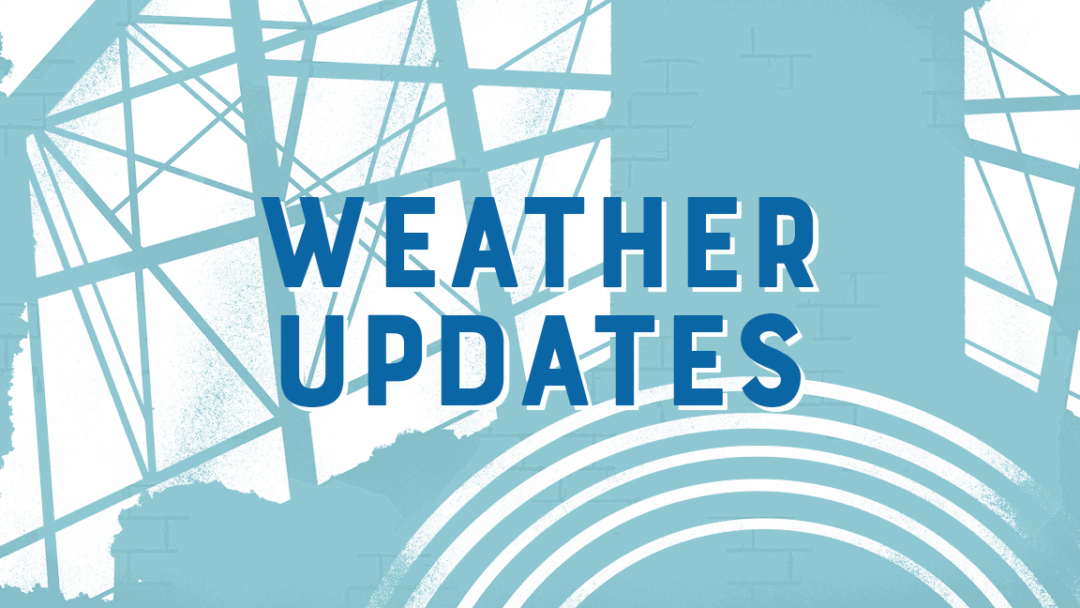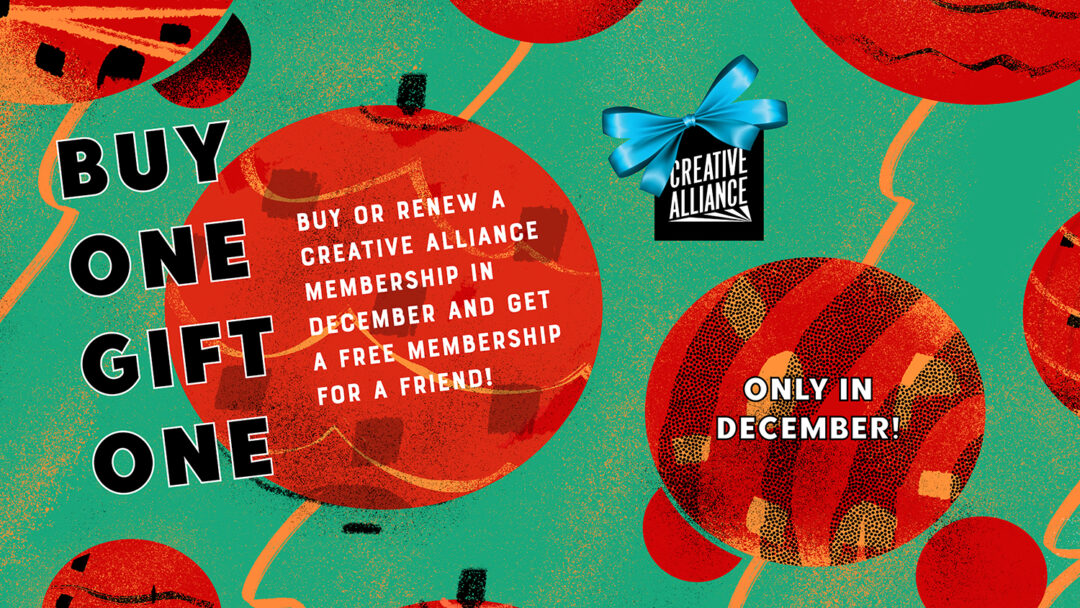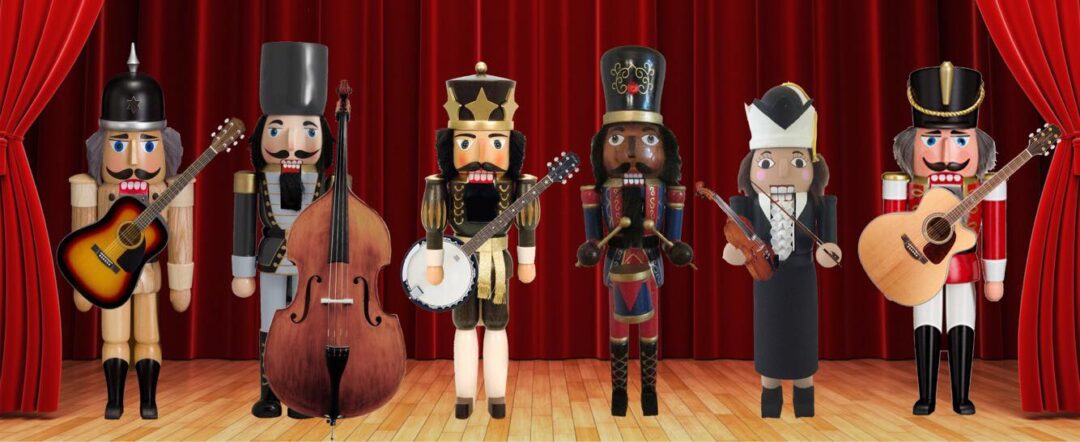Meet Parker Matthews
Creative Alliance’s New Director of Learning…and Glitter!
We are excited to welcome our new Director of Learning, Parker Matthews, to the Creative Alliance team. We asked him some lofty questions, so you can get to know this vibrant and wonderful human, too! If you plan to meet Parker in the coming months, be sure to wear something that sparkles!
What brought you to Creative Alliance?
I moved to Baltimore in 2019 after completing my graduate studies in Philadelphia and have spent the time since working with artists and students across the region. During these last 4 years, I served as the Education Director at Single Carrot Theatre and taught with a variety of arts organizations, including Baltimore Center Stage and Arts for Learning Maryland. I first encountered Creative Alliance’s mission of SPECTACULAR ART through the Halloween Lantern Parade and was utterly enchanted by that rainbow of “wild magic”. I have had the great fortune of working alongside some incredible Creative Alliance artists over the past few years and now am over one or more moons to have the chance to join the rampant spectacularity of this Baltimore institution.
As the self-dubbed “Director of Learning and Glitter,” tell us about this title and what it means to you to take on this role.
Learning is great! Okay, that may sound absurdly obvious (and I’m not exactly an unbiased party with this topic), but I think is vitally important to assert that learning is not only for the young, not only for a fixed period of our lives. The happiest, most impactful, and most generous people I know are full to the brim with an insatiable, lifelong drive to learn. Taking inspiration from these people, learning can be reframed as a habitual way of engaging with the world around us! Through cultivating curiosity, joy, wonder, and passion – all the elements that fuel learning – we are practicing enrichment for ourselves as well as the wellbeing of our communities. My aim, my hope, my joy is to facilitate opportunities for meaningful, rewarding, and vibrant learning experiences in our kaleidoscopic Charm City.
With all that being said, do you know what’s missing?
GLITTER.
Ah, now we’re getting somewhere.
What programs or ideas are you most excited about bringing to life at Creative Alliance?
Oh goodness me, what a huge question. There’s so much! First and foremost is that we have this big, beautiful, and not entirely unbodacious Creativity Center with a teaching kitchen, art classrooms, and a gorgeous dance/movement studio. It’s going to be thrilling to fill that building with art opportunities for all ages. We’re connecting with local artists to offer unique learning experiences in visual arts, dance, theatre performance, music, culinary arts, as well as career training for creative fields and trauma-informed artistic practices and and and…
How has art been vital to or healing in your life?
I was fortunate to have been raised in an abundantly artistic family, where creativity and freedom were treasured. (Inexpressible thanks to my mother Linda for nurturing my brother’s and my creative spirits!) With that in mind, the aspect of art-in-general that I keep coming back to is Story. Not only in overtly-narrative disciplines (e.g., films, books), but in the way that all art forms both reveal knowledge about our patchwork stories and open us up to the rich tapestries of each other’s experiences.
Do you believe our education system provides enough arts learning and integration? If not, what are some solutions and do you see some of them happening here?
In my previous work, I worked closely with public schools in Baltimore City and the surrounding counties. A team of artist-teachers and I provided arts learning opportunities to a huge range of students, from pre-K to 12th grade and from a variety of socioeconomic and racial backgrounds. The artist-teachers and I were grateful for the opportunities to interface with students and provide arts and social enrichment, but at the same time we were fundamentally aware that we were an imperfect solution. School programming by outside organizations offer great value, but without the consistency and foundations of regular programs staffed by knowledgeable and well-resourced artists and teachers, students are always going to be lacking in the deep enrichment possible through arts learning. Our city’s students need consistent, quality arts education from within the schools, innovative enrichment opportunities from visiting artists, and responsive and inspiring out-of-school time programs from and with organizations like Creative Alliance.
Why is this not only important, but essential for the development of our young people? I’m going to borrow a phrase from my alma mater, Whitworth University: an “education of the Mind and Heart.” Arts learning experiences are so much more than the “hard” skills of technical know-how, so much more than merely the head-knowledge of a particular practice; it is through arts learning that students grow in empathy, grow into their roles and responsibilities as conscientious, cognizant, and contributive members of their communities. At their best, the arts give confidence, expand worldviews, foster collaboration, nurture personal agency, and teach how to cultivate everyday, sacred beauty in our world.
That is the mission of our work as artists, learners, and teachers in this city and I couldn’t be more excited (and terrified).
Share your thoughts on how to make art truly accessible for all.
First off, what does it mean for art to be truly “accessible” for all? There is a common approach of taking already-established artistic works and trying to make adjustments to appeal to a wider base of people. That can be effective up to a point, but not every expression of art is going to resonate with every person, or even with every community. Art is served by specificity. So instead of approaching this question by looking at the art first, I posit that true accessibility begins with the community. For Creative Alliance that means looking at what people and needs in our immediate communities are not being served, interrogating why that is the case, and building from there. This process takes time and care (and, frankly, faith) and the endpoint may be very different from what was expected or offered in the past. But through this careful, intentional, and earnest approach, we are able to truly facilitate and cultivate art that is of and for the community.
What message do you have for the young people of Baltimore City, who you will be working with closely?
A simple message: You are an artist. Art is a doorway into “what can be.” What doors will you lead us through?




